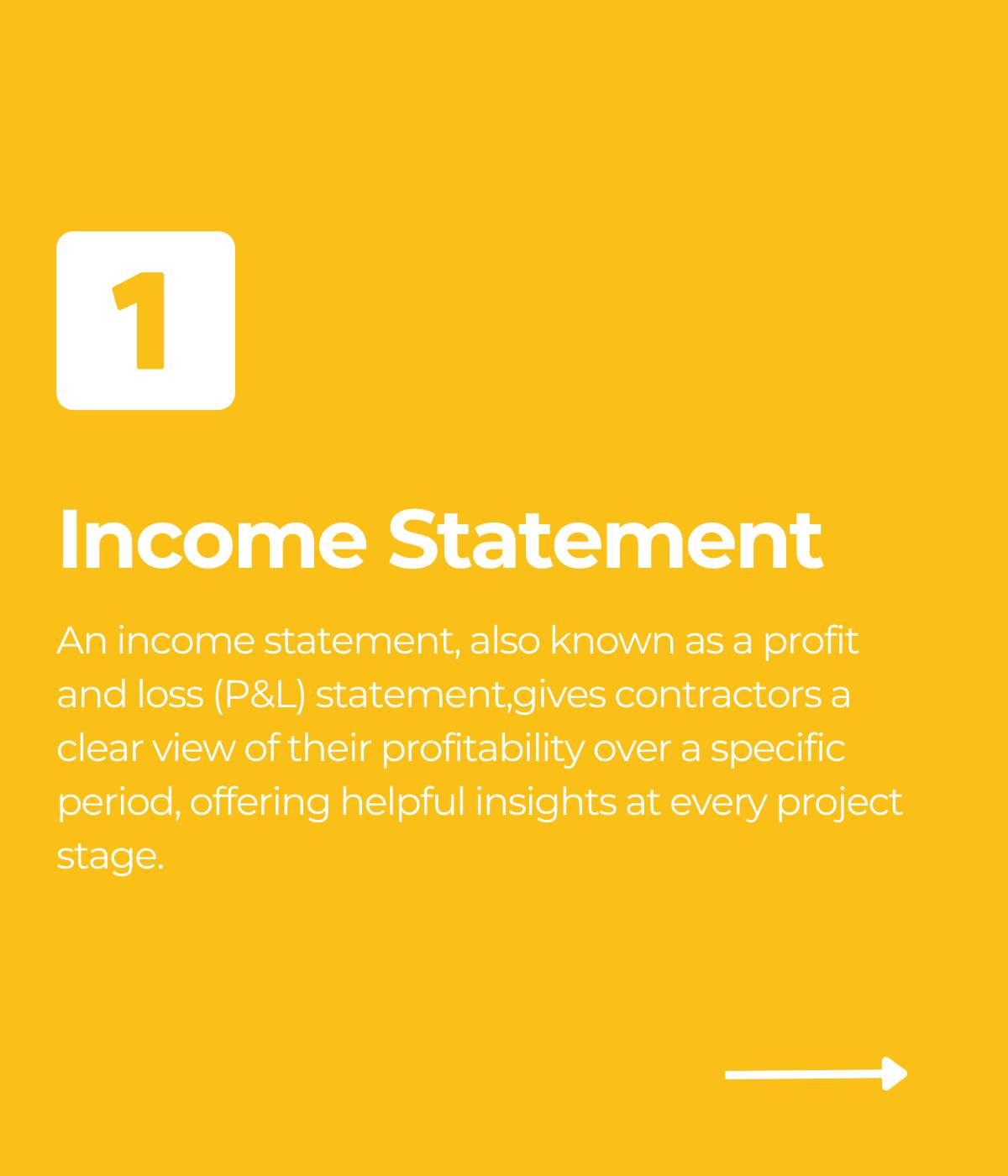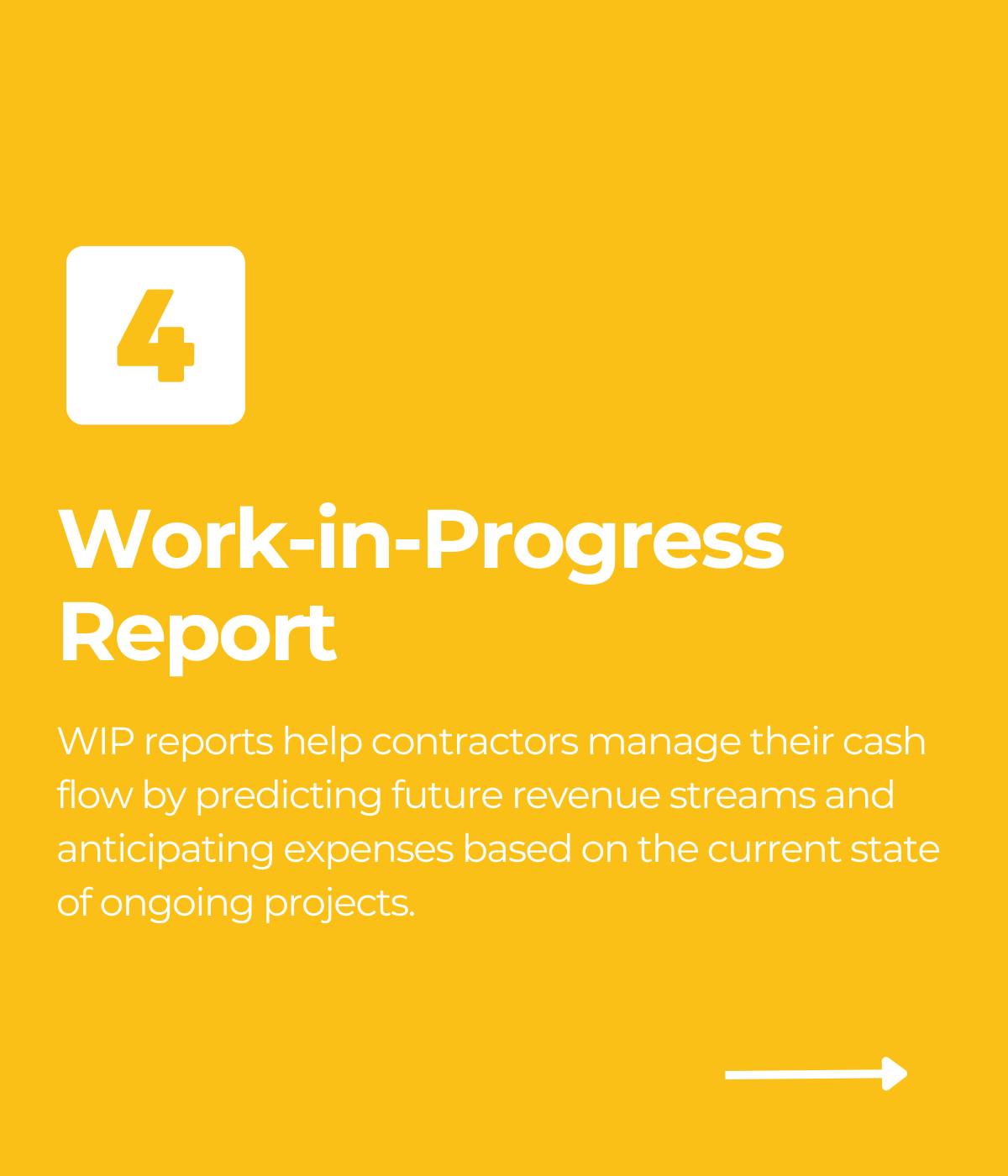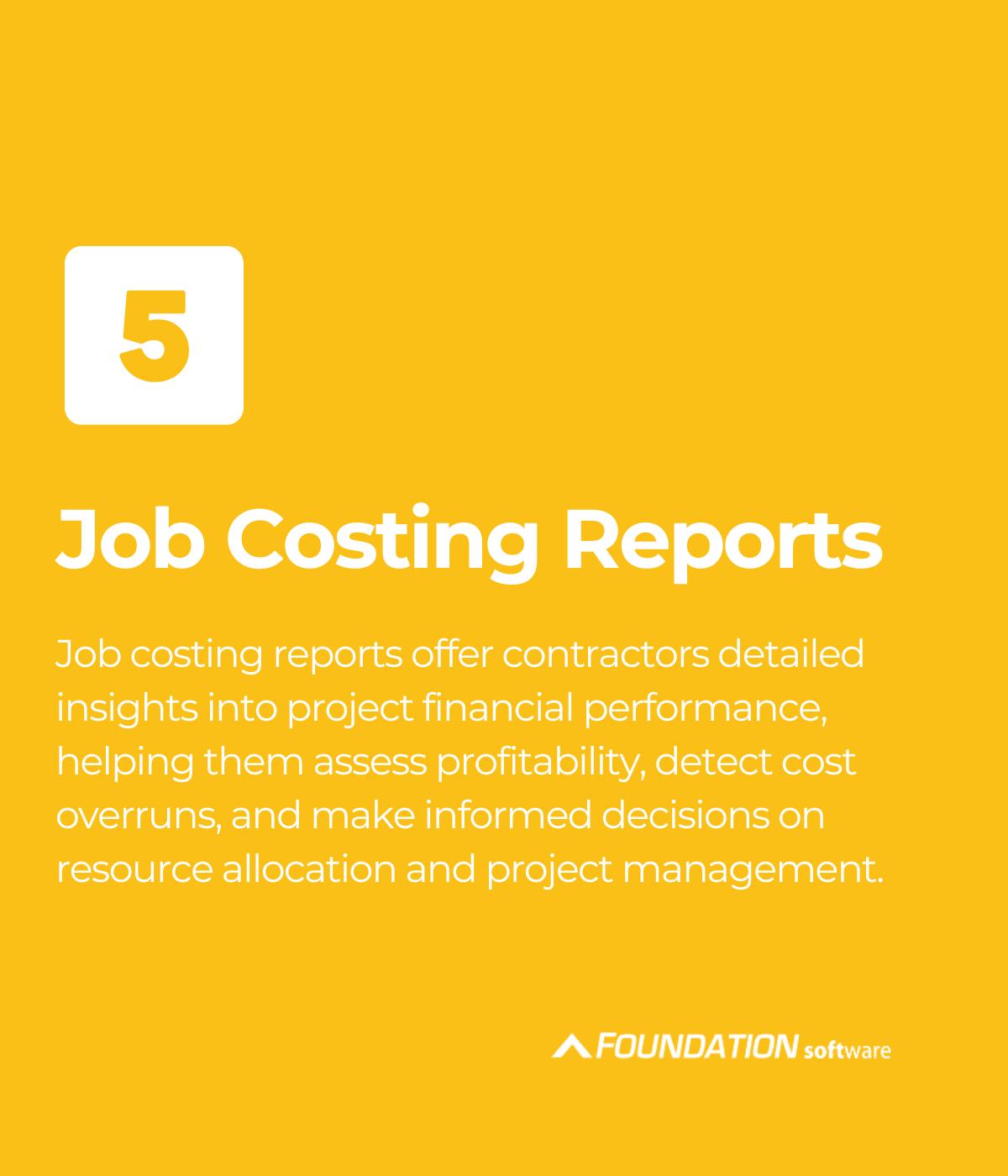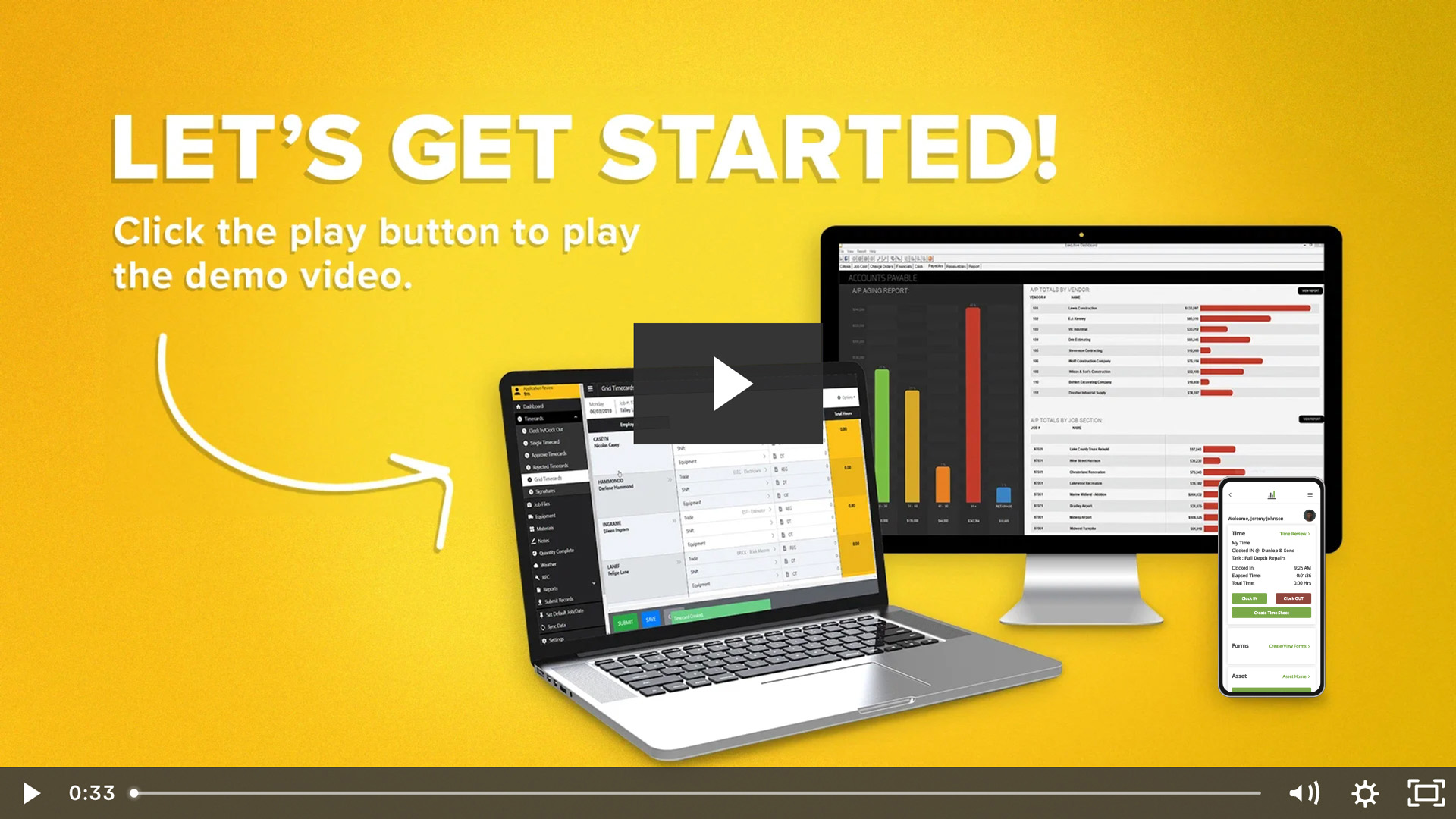

Guest Contributor: Mike Merrill, WorkMax
An Interview with Steve Antill, Foundation Software’s CRO, Featured on the Mobile WorkForce Podcast
If there’s anything 2020 taught the construction industry, it’s the need to be nimble, prepared and quick to react, no matter the size of your operation. This is why putting off technology implementation simply isn’t an option — it’s actually the new table stakes.
There’s no denying the recent surge in technology adoption across the construction world. There are many reasons why adopting technology is beneficial. For example, the World Business Council for Sustainable Development notes that digitalization in construction can prevent unforeseen issues that slow down projects and can increase productivity by up to 14–15% through technology and innovation
And it’s not just the big firms implementing new solutions. Smaller construction companies and subcontractors are increasingly turning to tech to get a leg up on competition and better collaborate with their partners and colleagues.

If you’re curious about how technology is moving the construction industry forward, and why it’s important to invest in the right solutions for your business, I recently interviewed Steve Antill, Chief Revenue Officer of Foundations Software, for the Mobile Workforce Podcast.
We discussed how technology is streamlining businesses, protecting companies and setting the stage for long-term growth. As you consider your own tech stack in 2021, here is what to keep in mind:
Using Tech Solutions Helps Disparate Teams Work in Unison
The construction business can feel like a circus at times, and the act of juggling priorities and essential relationships can be critical to one’s success. Fortunately, technology opens lines of communication between vendors, partners, suppliers, workers and subcontractors, as well as the many others involved with any given project.
With so many people involved, it’s essential that everyone’s on the same page and the right information is being shared. For instance, it can be a long process for a subcontractor’s Time and Materials invoice to make it to the General Contractor’s AP department and input into their system.
But now, with the aid of technology, a sub’s hours can be captured and submitted from the field and accessed in the back office in real-time with no risk for human error and the added benefit of quicker billing.
Instant communication reduces inaccurate or old data being used to make important decisions. Everyone needs to be able to communicate with general contractors, subcontractors and even suppliers to ensure the success of a project.
On a modern job site, it only takes one situation — such as a contractor being off for a few hours a day, a missed PM report or a delayed shipment of supplies — for the entire project’s schedule to be in jeopardy.
“There were contractors doing all of these things manually three years ago,” said Antill. “Now we’re getting to the point where everybody’s actually being collaborative and working together and taking advantage of these better technologies. You see a big movement of contractors taking advantage of tools to connect them up with everybody on the job.”
Digital Documentation Is Not a Maybe; It’s a Must
The construction industry has a complicated relationship with documentation. Everyone can agree it’s critical. But on busy job sites, properly documenting pictures, notes and change orders can fall by the wayside.
However, it’s a practice that is absolutely necessary to protect businesses and individuals in the case of miscommunications, pay disputes or even litigation. That said, some methods are more effective than others.
Traditional documentation relied on paper. As a job progressed, the paperwork would pile up. Multiply this by multiple projects throughout the year — and for years on end — and companies were swimming in paper. Besides that storing paper is a costly problem in and of itself, adopting an incomplete digital solution like only scanning paperwork into the cloud can be a burden as well because there’s no easy way to search for what you need.
This is where documentation tools come in.
A mobile workforce platform helps digitize the entire process, from sending documentation reminders to employees to input data, to storing images, to offering the ability to search by keyword and sort by project names and dates. In addition, digital documentation makes it easy to forward items to others when questions arise or when details need to be confirmed. And as the saying goes, he who has the best documentation, wins.
Contractors know this pain all too well. Take Damien Edwards, the founder of BuilderTactics.com. He recently shared an experience he had with a contractor who had a stack of complaints to relay –– but Edwards was prepared to address the concerns with a stack of data to share.
“For the first 20 minutes he told me how terrible we were and everything else, and I said, ‘Okay, let’s go through your issues,’” said Edwards. “And I started flipping through my records, and about a quarter of the way through, he says, ‘Okay, okay. I get it.’ I was more prepared. He who has more data, wins.”
Antill emphasizes that digital documentation tools allow general contractors, owners and subcontractors to collaborate together, which benefits all parties involved.
“It helps the process of keeping jobs moving and it can help avoid litigation between the subs and the general contractors,” said Antill.
The Right Solution Can Bring Stability to Unstable Situations — but It Takes an IT Strategy
When business is booming, companies feel more comfortable taking on tech implementations, focusing on what will help them get to the next level. But when things feel uncertain, business leaders are more likely to bring their plans to a screeching halt. According to Antill, that’s the wrong move entirely. It’s vital to invest in technology, in the good times and bad. Why? Either way, time marches on, and by treading water on tech, you’ll have to play catch-up with the competition who kept their plans on track.
Antill explains that companies shouldn’t consider tech as an “extra” and instead accept that these are the very tools that create a solid foundation and pillars for your business and workflows. But the hesitation is real, and it might come down to the generation of leadership.
Baby Boomer construction leaders came up with minimal tech and spent most of their careers doing things by hand.
Comparatively, emerging Millennial and Gen Z leaders are accustomed to evolving with technology and are hungry to take advantage of the tech that’s available, especially mobile solutions. Regardless of your generation or size of your organization, one thing is clear: you need to put a roadmap in place for an IT strategy.
“We’re seeing a little bit of a mismatch now with a lot of these contractors where their key three or four programs are on-premise and then the other couple are in the cloud,” said Antill. “They’re a little bit back and forth. So it’s about educating everyone to sit down and say, ‘Do you have a true IT strategy? Do you know what you’re looking to do with the key systems you use to run your business on a day-to-day basis over time?’”
According to Antill, this conversation leads to creating an action plan for moving key systems to the cloud. The next steps are usually related to the timing to implement new tech solutions if needed and what the integration options of those systems could look like.
When It Comes Implementing Tech, Timing Is Everything (and So Is Integration)
Construction leaders may wonder how they ended up with multiple disparate systems that don’t communicate with one another, but the reason why is pretty simple. When businesses start small, they run like a register that’s cash-based. Invoices come in, bills go out.
But as the business grows, they start tracking things like labor, materials and equipment costs. Sooner or later, paper tracking makes way for spreadsheet tracking.
When inefficiencies begin to emerge — and they always do — that becomes the tipping point when the price of putting off the right tech solutions becomes too high. One such example is the reliability and accessibility of accurate data.
“You’re doing job cost reports in Excel, but there’s no real source of truth,” said Antill. “It’s just numbers that are gathered and plugged into a spreadsheet. Maybe you think the estimated cost is $100,000, but reports in QuickBooks show the actual cost is $80,000. So you’re manually plugging the stuff so things do not reconcile back to accounting.”
Then, as more tech solutions get added to their business over time, they run into another problem: businesses get weighed down with systems that don’t talk to one another. Contractors end up having to export data from one system, like labor tracking, and manually import them to other systems, like payroll.
It’s time-consuming and administratively expensive, and the very tech that was supposed to streamline their business ends up causing a different kind of headache. Fortunately, a mobile workforce platform integrates different systems by acting as a conduit of data from one system to the next through APIs (application programming interfaces).
“APIs and having a workflow process that lets these systems work together to maximize the options of possible touchpoints is something we can do as technology vendors,” said Antill. “But at the end of the day, software is only good if it’s used by its user.”

The construction industry ebbs and flows with the market, but technology is here to stay.
As companies grow, they’ll be required to utilize tech solutions that keep them connected with other key stakeholders. Fortunately, you don’t have to be a $500M construction firm to achieve cost savings and a return on your tech investment. By integrating FOUNDATION® construction accounting software with WorkMax’s mobile workforce platform, independent subcontractors and small firms will realize a positive return on their technology investment with lower labor costs, real-time insight into job costs, and improved communication with all project stakeholders, both internal and external.
No matter the size of your company or what type of construction you specialize in, make 2021 the year you solidify your IT strategy and tech capabilities into the foundation of your business.
To listen to Steve’s Antill’s episode on the Mobile Workforce Podcast, “Subcontractor Technology to Future-Proof Your Business,” click here.
Share Article
Keep on current news in the construction industry. Subscribe to free eNews!
Our Top 3 YouTube Videos
Learn about our software more in depth with product overviews, demos, and much more!

Our ACA reporting & e-filing services include official 1094-C and 1095-C IRS reporting, optional e-filing (no applying for a TCC code required), mailing to your employees and experienced support to help you.

There are plenty of reasons to make FOUNDATION your choice for job cost accounting and construction management software — just ask our clients!

From job cost accounting software, to construction-specific payroll. Get an overview on your next all-in-one back-office solution.








